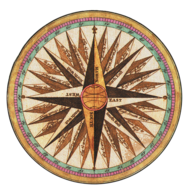Art Appreciation and Techniques
(View Complete Item Description)This course is an exploration of visual art forms and their cultural connections for the student with little experience in the visual arts. It includes a brief study of art history, and in-depth studies of the elements, media, and methods used in creative thought and processes. It is the only resource I have found that approximates techniques, media, and an overview of different processes that is usually the first half of a printed text on art appreciation or an introduction to art. This is geared toward an undergraduate, lower-level student population. The art history survey is inadequate, but combined with another source, like Boundless' art history, this can be a complete text for an Art 100 course.
Material Type: Assessment, Lecture, Module, Reading, Syllabus, Textbook, Unit of Study




















